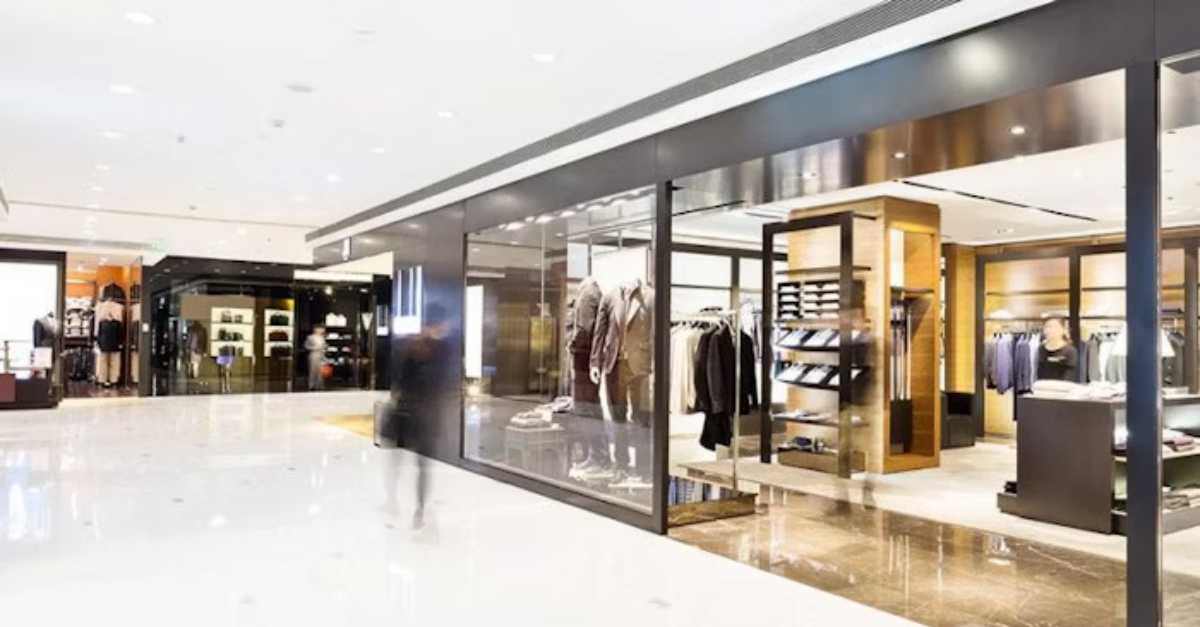
Surviving the Retail Apocalypse — How to Strengthen Your Brick-and-Mortar Stores
The retail apocalypse has closed thousands of stores. See how to strengthen your brick-and-mortar stores through great customer experience and ...
Solutions
Workplace Management Solutions
Real Estate Management Solutions
Maintenance Management Solutions
Energy Management Solutions
Engineering Document Management Solutions
Asset Management Solutions
Automate campus scheduling for classes, meetings, and exams with our EMS software.
Plan and manage conferences effortlessly with EMS software to impress guests and streamline operations.
Boost workplace flexibility and maximize space use with seamless desk and room booking.
Organize workplace or campus events smoothly, creating memorable experiences.
Optimize workspace, manage allocations efficiently, and reduce costs with our space management solutions.
Deliver projects on time and within budget by improving communication, collaboration, and efficiency with our software.
Streamline lease accounting for ASC 842, IFRS, and GASB compliance.
Manage leases efficiently by tracking key dates, analyzing costs, and ensuring compliance.
Centralize data and analytics for better insights, faster negotiations, and revenue growth.
Centralize facility and asset maintenance, automate work orders, and ensure compliance with our CMMS software.
Extend asset life, reduce downtime, and prevent costly repairs with data-driven monitoring.
Prevent equipment failures and extend asset life by detecting and addressing issues early.
Make sustainable, cost-efficient energy decisions by monitoring and optimizing power consumption.
Remotely monitor and control equipment with real-time data to predict issues, boost efficiency, and reduce downtime.
Easily share and collaborate on documents, creating a single source of truth for engineers and contractors.
Manage and analyze assets across their lifecycle to schedule maintenance, reduce downtime, and extend lifespan.
Improve visibility, automate work orders, and ensure compliance for efficient facility and asset management.
Resources
Browse our full library of resources all in one place, including webinars, whitepapers, podcast episodes, and more.
Support
Looking for access to technical support, best practices, helpful videos, or training tools? You’ve come to the right place.
About Accruent
Get the latest information on Accruent, our solutions, events, and the company at large.

Pick up 5 tips for crafting the “third space” — a unique shopping environment that justifies a store’s existence — that will fit your unique products and brand.
If home is the first space and work is the second, the “third space” is crafting a unique shopping environment that justifies a store’s existence, whether through mood lighting, funky furniture, interactive workshops and more.
Are your products something your customers can touch? If so, consider displaying as many of your products and allowing customers to try them out. One of the biggest perks of a brick and mortar store is that customers can actually see and feel your products—so flaunt what you have got.
Consider what would make your customer’s shopping experience more enjoyable and less of an errand. What could possibly be taking them out of your store faster than you would like? Is their phone about to die? Offer easy charging stations for their devices. Is it an exceptionally hot day? Keep bottled water and perhaps even some moist towelettes for their disposal.
Think about what makes shopping a possible pain for you and then make it your job to alleviate those problems for your customers. If your patrons are generally young mothers with restless children, consider investing in a child’s play area with books and toys. If you sell sporting goods, think about having a game on a T.V. in your stores so your patrons do not miss the score.
You leverage marketing to bring customers into your store, but how about using it to keep them coming back?
Companies like Whole Foods get the most for their in-store marketing buck; aisles are often capped with food samples, stations are set for demonstrations, and clever signs promoting deals and clean eating remind everyone why they came there in the first place. Hint: it is not just for the kale.
Even if your products are not high-tech, that does not mean technology does not belong in your store. Think about how phone apps and other interactive programs can augment your customers’ experience.
Consider the five tech trends that Forbes expects to see in every retail store by 2020:
Researching if any of these ideas might be worth early adoption could be valuable.
No matter what changes you make to provide a unique shopping experience for your customers, make sure you never stray any of your focus away from providing the best customer service. While that may include free drinks, fancy displays, comfy seats and cool gadgets, remember that online shopping cannot offer the personal attention that a well-trained, motivated sales clerk can provide.
Ways to enhance customer service include keeping a buyer’s profile on hand, including purchase and service history to quickly update a clerk on a customer’s personal relationship with your brand and to guide future purchases. It may be a good idea to give clerks a general uniform guideline, such as wearing all white so that they can be easily spotted in the store. Provide regular training on your product offerings, promotional items and advantages against competitors so they can provide expert advice and be seen as a go-to resource when they come to your store.
Creating a third space for customers is not an easy process nor is it a quick one. It requires commitment from organizations to uncover the needs and desires of their customer base, and to grow and learn alongside them. By considering the items above, organizations can take the first steps toward building a space that that both inviting for customers and profitable for businesses.
For further information about building the third space, contact us today.
The retail apocalypse has closed thousands of stores. See how to strengthen your brick-and-mortar stores through great customer experience and ...
Discover how to leverage a mobile app can improve a customer’s experience in a brick and mortar business.
Explore the top retail trends in 2024, and discover how sustainability, advanced AI, and personalized experiences are reshaping consumer expectations
Subscribe to stay up to date with our latest news, resources and best practices